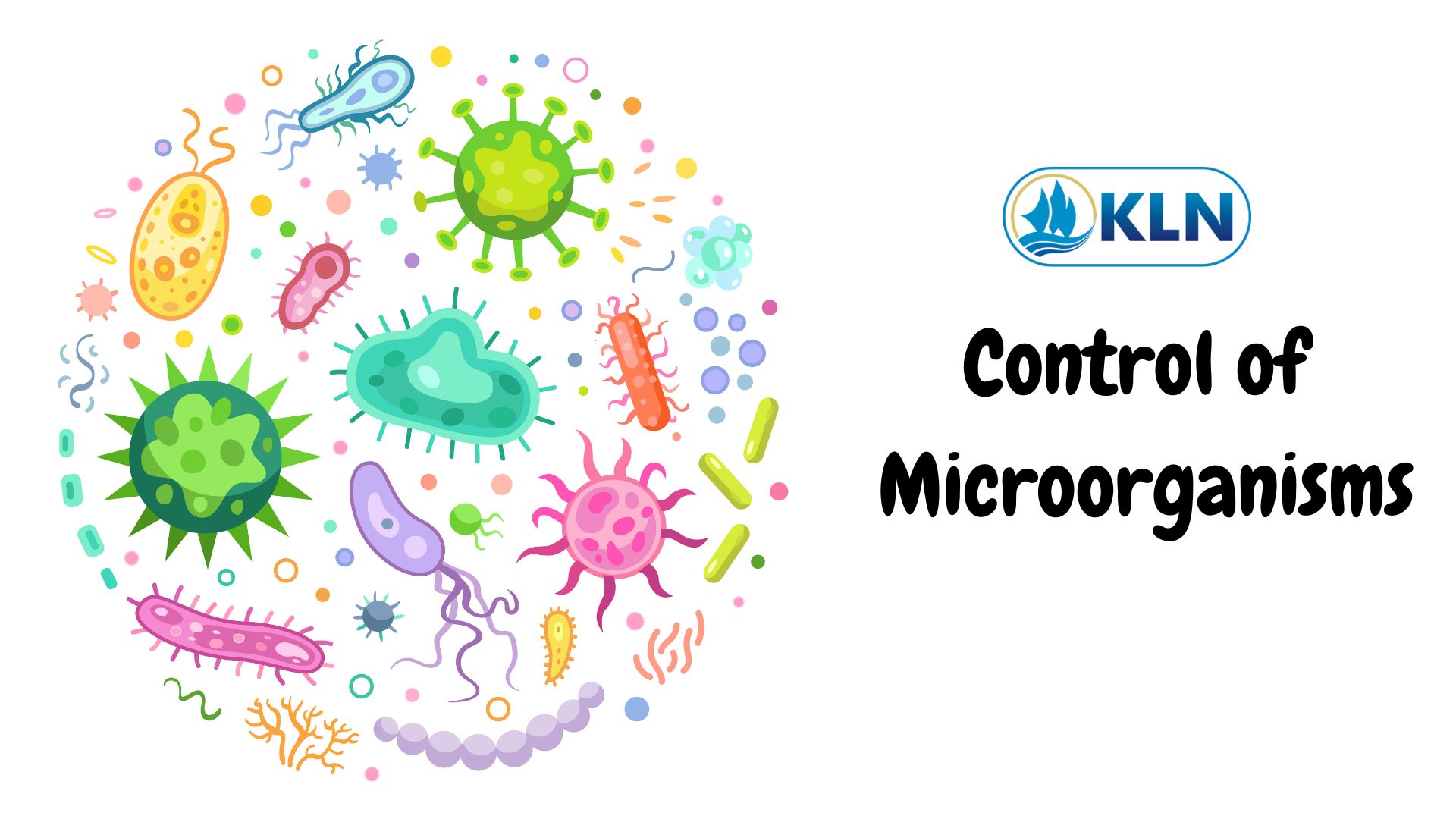Control of Microorganisms
By. Najih - 11 Jul 2024
Control of microorganisms is essential in order to prevent the transmission of diseases and infection, stop decomposition and spoilage, and prevent unwanted microbial contamination. Microorganisms are controlled by means of physical agents and chemical agents. Physical agents include such methods of control as high or low temperature, desiccation, osmotic pressure, radiation, and filtration. Control by chemical agents refers to the use of disinfectants, antiseptics, antibiotics, and chemotherapeutic antimicrobial chemicals.
There are two categories of antimicrobial chemotherapeutic agents: antibiotics and synthetic drugs. Antibiotics are metabolic products of one microorganism that inhibit or kill other microorganisms. Chemotherapeutic synthetic drugs are antimicrobial drugs synthesized by chemical procedures in the laboratory. Many of today's antibiotics are now actually semi-synthetic and some are even made synthetically.
Antibiotics are metabolic products of one microorganism that inhibit or kill other microorganisms. Why then do bacteria produce antibiotics? There is growing support for multiple actions for microbial antibiotic production:
- If produced in large enough amounts, antibiotics may be used as a weapon to inhibit or kill other microbes in the vicinity to reduce competition for food.
- Antibiotics produced in sublethal quantities may function as interspecies quorum sensing molecules enabling a number of different bacteria to form within a common biofilm where metabolic end products of one organism may serve as a substrate for another. All the organisms are protected within the same biofilm.
- Antibiotics produced in sublethal quantities may function as interspecies quorum sensing molecules enabling some bacteria to manipulate others to become motile and swim away thus reducing the competition for food.
- Antibiotics action may result in the degradation of bacterial cell walls or DNA and these products can act as cues that trigger other bacteria to produce a protective biofilm.
- Antibiotics produced in sublethal quantities may trigger intraspecies quorum sensing. Exposure to low concentrations of an antibiotic may trigger bacteria to produce quorum sensing molecules that trigger the population to produce a protective biofilm. The biofilm then protects the population from greater concentrations of the antibiotic.








